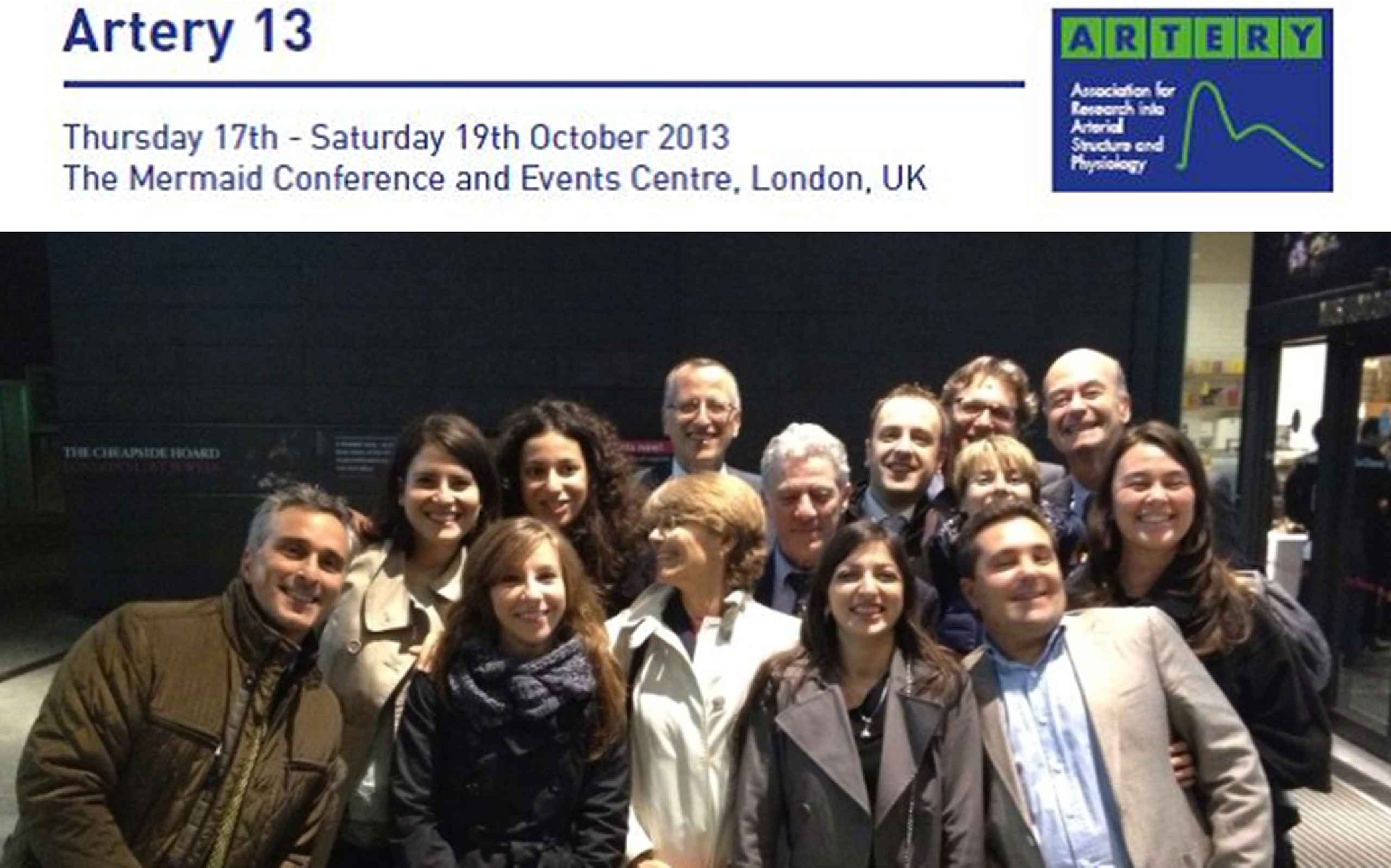Obituary (Life-time achievement award Artery17) Giuseppe Schillaci (27/09/1961, 21/12/2016)
- DOI
- 10.1016/j.artres.2017.10.198How to use a DOI?
- Open Access
- This is an open access article distributed under the CC BY-NC license.
Professor Giuseppe Schillaci, Head Department of Medical Sciences at the Terni University Hospital, Director of the Unit of Internal Medicine, and Associate Professor of Internal Medicine at the Department of Medicine, University of Perugia, passed away on December 21st 2016. His career was characterized by the extraordinary results obtained as a distinguishable scientist, brilliant doctor and outstanding teacher.
Professor Schillaci started his scientific career in the early 90’, by joining a research project in Città della Pieve (Perugia, Italy), the Progetto Ipertensione Umbria Monitoraggio Ambulatoriale (PIUMA), among the first worldwide to describe the independent relationship between 24-h ambulatory BP parameters and cardiac markers of target organ damage1,2, and the prognostic significance of non-dipping in hypertension.3 He participated with real enthusiasm and brought in the research group his ingeniousness and geniality. Among his first publications, he developed the Perugia criterion for diagnosis of LVH at the ECG. Such criterion was able to identify the highest proportion of subjects with LVH and, while maintaining a relatively high specificity, to carry the highest population-attributable risk for cardiovascular events.4
In the early 2000s he moved to the University of Perugia where, two years later, he became Professor in Internal Medicine. He was a real enthusiast of the study of the properties of large arteries. He was involved in clinical research since the first devices enabling the non-invasive assessment of carotid-femoral pulse wave velocity (cf-PWV) become available. He first described the relationship between cf-PWV and metabolic syndrome in hypertension,5 and the link between cf-PWV, heart6 and kidney function.7 He was involved in the description of the role of cf-PWV as a mediator of increased cardiovascular risk in systemic conditions such as hyperparathyroidism,8 migraine,9 and rheumatic diseases.10 He was able to pass down to us the passion for clinical research and the importance of a critical view.
He was a vigorous supporter of the ARTERY society. He joined the Society as ordinary member in 2008, and held the office of member of executive committee from 2009 to 2013. He was the secretary of the society from 2011 to 2013. He was really convinced that the ARTERY society should play a pivotal role in promoting the unit of purposes between members, for the development of science and knowledge in this field. He will be remembered forever for his never-ending attempt to bring together people with different sensitivities and thoughts.
He really believed in the role of the ARTERY society. He didn’t miss a meeting except for health reasons. His scientific contribution to the annual ARTERY meetings was constant. During meetings, he never withdrew himself to human contact and opportunities of cultural exchange, even with the youngest applicants. His lectures were always fully attended. His ability as speaker will be hardly forgotten. He also greatly contributed to consensus documents and position papers endorsed by Artery.11–13
But, above all, we miss his greatness of soul. The most often used adjective by his friends (Fig. 1) to describe him was “a Giant”, and really he was! In the last years he was really plagued by an invincible disease, but his faith in God deserved recognition in everyone who met him. This led him to never escape even for a day to his work commitments. The characteristic smile was always on his face, and we remember him forever in this way!

Professor Schillaci leading the Italian delegate group at Artery 13 meeting in London.
Artery society dedicated Artery17 held in Pisa in Oct 12–14 2017 meeting to professor Giuseppe Schillaci, by attributing him the Life-Achievement Award.
References
Cite this article
TY - JOUR AU - Giacomo Pucci AU - Kennedy J. Cruickshank AU - Lorenzo Ghiadoni AU - John R. Cockcroft PY - 2017 DA - 2017/10/31 TI - Obituary (Life-time achievement award Artery17) Giuseppe Schillaci (27/09/1961, 21/12/2016) JO - Artery Research SP - 19 EP - 21 VL - 20 IS - C SN - 1876-4401 UR - https://doi.org/10.1016/j.artres.2017.10.198 DO - 10.1016/j.artres.2017.10.198 ID - Pucci2017 ER -
